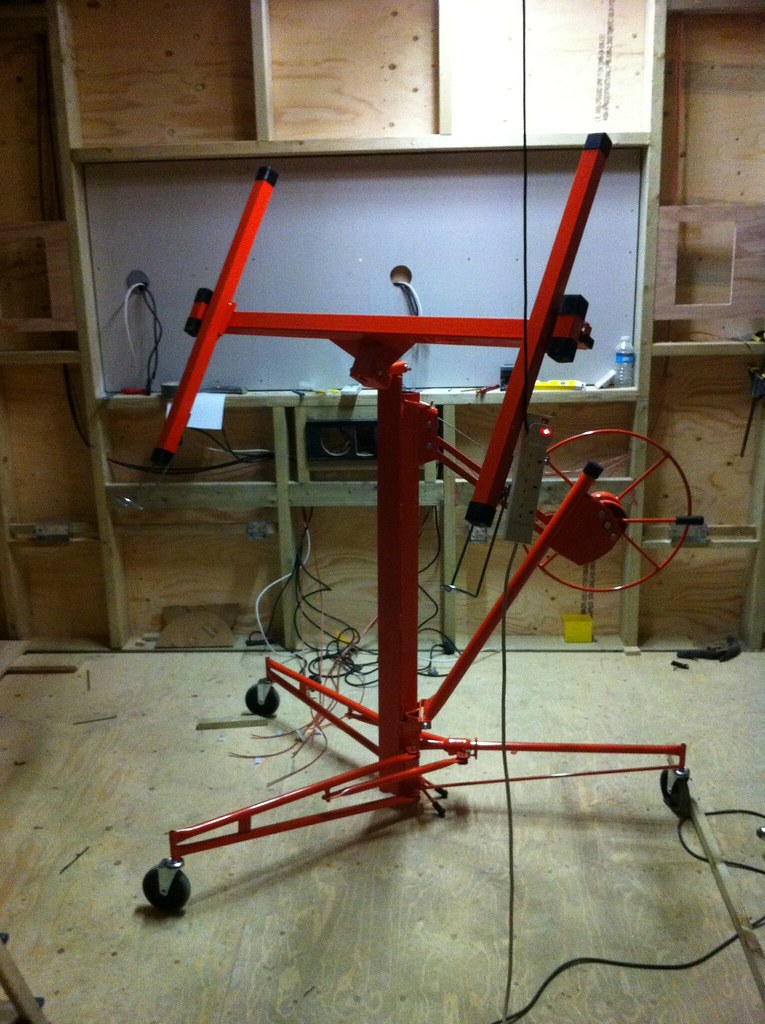Hi All,
I've just ripped the old lath and plaster ceiling down in our living room (bedrooms above) and am now trying to work out what to replace it with. I'll get a plasterer to skim it.
I've already ordered sufficient 12.5mm board for a single layer but am thinking about using resilient bars. Is this the right approach? My reasoning so far is:
Thanks a lot for any advice!
Adam
I've just ripped the old lath and plaster ceiling down in our living room (bedrooms above) and am now trying to work out what to replace it with. I'll get a plasterer to skim it.
I've already ordered sufficient 12.5mm board for a single layer but am thinking about using resilient bars. Is this the right approach? My reasoning so far is:
- The existing joists are irregularly spaced so I'll have a nightmare trying to line up the ends of the boards on the joists - basically I won't be able to
- The plasterboard will have worse acoustic properties than the lath & plaster so this should help some
- The extra 17mm will bring the ceiling down the walls below the horrible mess I've made at the edges where the old ceiling joined the walls!
- I'd like to maximise the strength and/or stiffness of the ceiling (given the previous cracking of the modern skim over the plaster & lath). I will be adding some noggins to add stiffness, but does screwing the boards to the joists help with that too?
- Do the resilient bars actually, really make any difference in the real world - not just the world of the manufacturer's brochures?
Thanks a lot for any advice!
Adam


 photo
photo